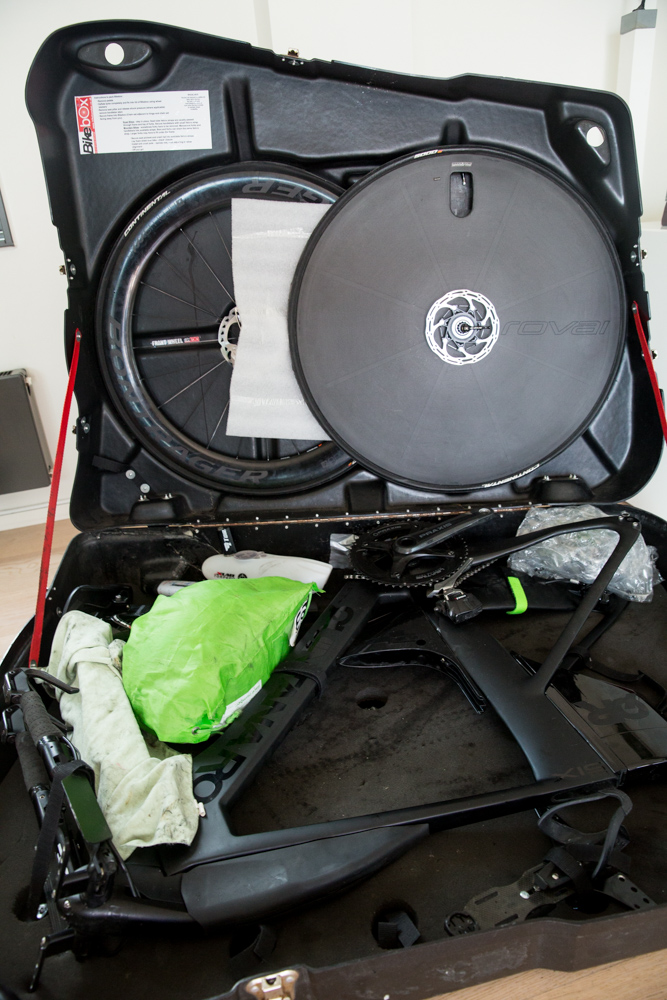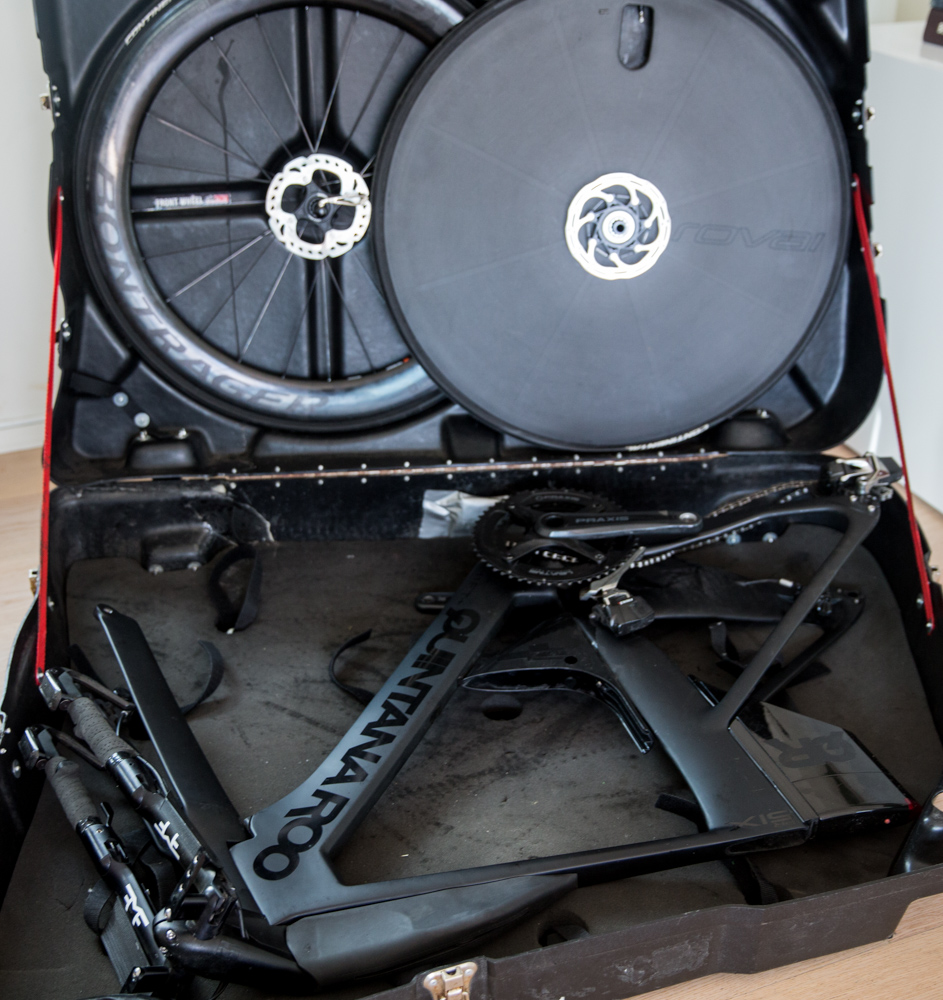My bike is among the most valuable things I own, and invaluable equipment in my triathlon races. It must arrive at the races with me in full working order. Especially when travelling by plane I have witnessed unlucky triathletes having a missing or damaged bike. These are my top tips when travelling with your bike.
Tip #1 – Planning – There are huge differences in bike fees between the different airlines. Some take your bike with you for free if it is 23 kg or less, some charge between $50 – 200 each way depending on distance, and other charges overweight for the whole case. Check the regulations before you book the plane ticket, and book a spot for your bike.
Tip #2 – More planning – Not having your bike arriving with you can be a very bad start of a race. It is not uncommon that bikes get “lost” during transportation, but you can reduce the likelihood of it happening and the consequences. Having few changes of planes is one thing and be sure to have a bit more than minimum time in transition. Travelling to the race a day or two more than absolutely needed to give you more space to find your bike in case of it being lost. In Ironman Texas I «lost» my bike in between connecting flight both ways. First, it was a bit bad luck as we got a mechanical issue with the first plane delaying arrival for more than one hour. However, a shorter time window makes you more prune are you to «bad luck». At least for the flight to the race, I would plan to have plenty of time between connecting flights as a missing bike before a race can cause a huge amount of stress.
Tip #3 – The bike case – There are multiple bike cases which work well, and even cardboard boxes will do the job with a relatively low probability of faults. Personally, I swear to a very sturdy hard case box as I have observed too much mishandling of bicycle suitcases and athletes arriving at races with vital parts of the bike broken during transport. Getting a hard case box which is relatively light, about 12 kg or lower would make you able to get the total weight below 23 kg, which for some airlines is the upper weight limit. My BikeBoxAlan bicycle suitcase has been with me on numerous flights since 2012 and still without any damage.
Tip #4 – Packing – From a time perspective it is best to dismount as few objects as possible on the bike. I need to untighten the aerobars, take off the seat post and my pedals. While not necessary I take off my back gear as well to be sure I don’t damage my derailleur hanger. When the bike is dissembled and securely strapped in the suitcase I have a couple of microfiber towels which I put around the parts of the frame that risk touching each other. It may be the aerobar or the front fork. I try to keep my bicycle suitcase as light as possible, as it reduces the load it gets during transport. The only thing I pack together with the bike in the suitcase is my aero helmet, empty bottle or similar high volume and low weight items. If I am travelling with only hand luggage I also put my gels in the suitcase due to restriction in liquids, you can bring on board.





Tip #5 – Get technical – Triathletes are known for having notoriously low technical knowledge in regards to their bikes. Unfortunately for most of us, we don’t have our own bike mechanic and must rebuild our bike after arrival. It is very practical to know how your bike is built and how to do relatively simple adjustments like gear and brakes. Often there are bike mechanics available on races, but I would consider them as an emergency solution. I admit that the so-called superbikes in triathlon with their hidden cables, hidden brakes and custom-made stem solutions are extra challenging to reassemble and repair. Too many times I have been working fanatically on my bike just before a race because I got a technical issue which I did not know how to solve. That is also one of the reasons why I choose QR PRsix since it is something as rare as a superbike you can build with a 3 and 4 mm Allen key (the SRAM Hydraulic brakes requires a 25 Torx as well).


Tip #6 – Spare parts – Obviously you cannot bring a ton of tools and spare parts of everything when travel by plane. Prioritize bringing things most likely that may need to be replaced, like spare tubes (or tire if running tubular), valve extenders and basic tools. If running a tubeless setup, I would bring spare sealant, rim tape and tubeless valves. Of course, the need for spare parts is dependent on the available bike shops in the area and the technical complexity of your bike.
Tip #7 – Get ready – Reassemble your bike and test it quickly after you arrive. Then you have as much time as possible to fix a problem if it occurs.


Thanks for the tips! I’d never use anything but a hard case. Really rate my BikeBoxAlan.